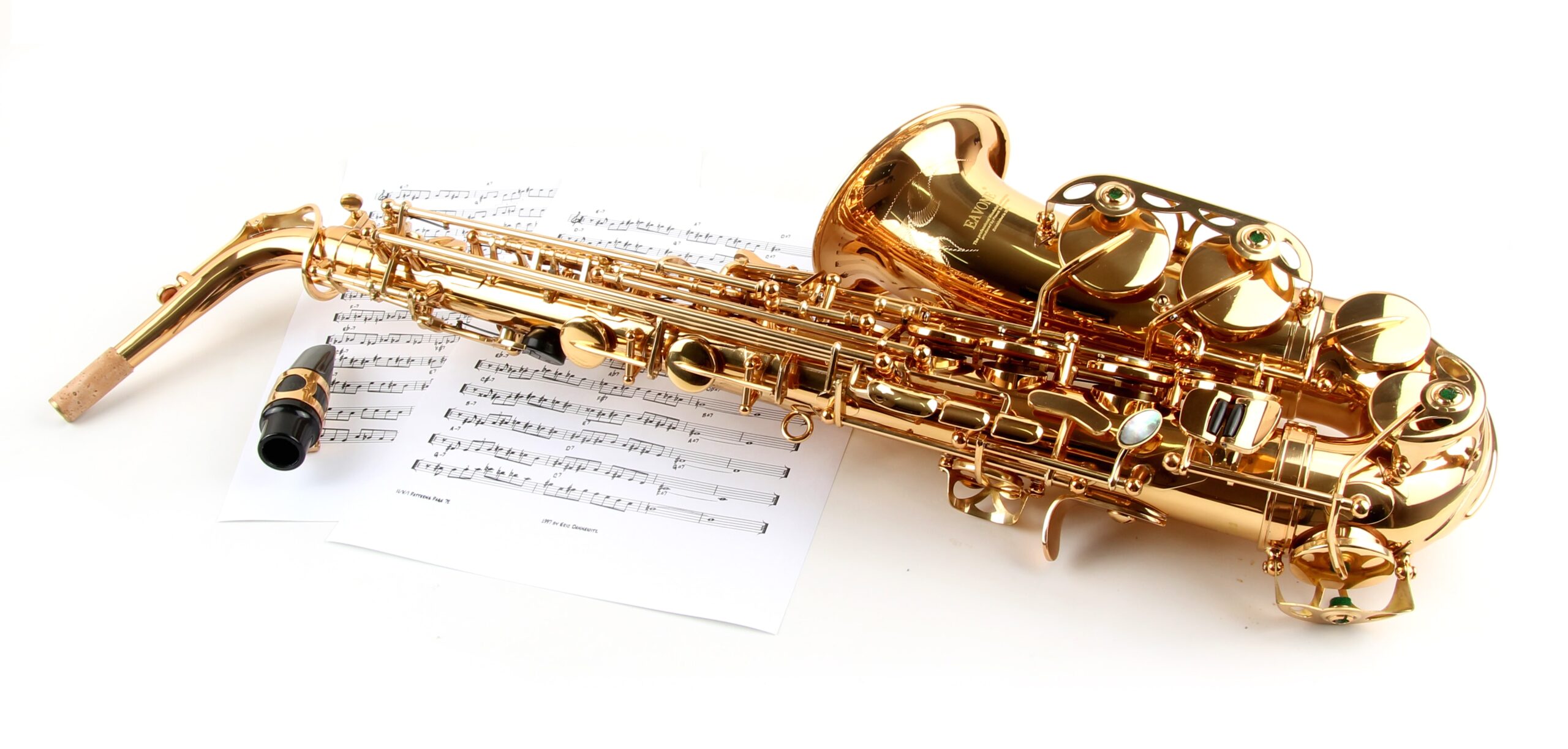The saxophone, a versatile and expressive instrument, has played a prominent role in the world of music since its invention in the mid-19th century. Its unique timbre and ability to convey a wide range of emotions have made it a staple in various genres, from classical to jazz and beyond. Let’s embark on a historical journey to trace the evolution of the saxophone and its impact on the world of music.
Decorate your music case with your favorite stickers here!
The Birth of the Saxophone:
The saxophone was invented by Adolphe Sax, a Belgian instrument maker, in the early 1840s. Sax aimed to bridge the gap between brass and woodwind instruments, combining elements of both. His innovative creation made its public debut at the 1844 Brussels Exhibition, showcasing the instrument’s ability to blend seamlessly with orchestral ensembles.
Sax’s initial design featured a family of instruments ranging from the sopranino to the contrabass, each with a distinctive range. However, only a handful of these variations gained widespread popularity, including the soprano, alto, tenor, and baritone saxophones.
Rise to Prominence in Classical Music:
The saxophone faced initial resistance from traditionalists in the classical music community, but over time, it found its place in orchestras and concert halls. The instrument’s versatility allowed composers to explore new tonal possibilities, with notable works such as Maurice Ravel’s “Boléro” and Sergei Rachmaninoff’s “Symphonic Dances” featuring the saxophone prominently.
In the early 20th century, the saxophone gained recognition through the works of French composers like Claude Debussy and Gabriel Fauré. However, its integration into mainstream classical music was slow and met with mixed reactions.
Jazz and the Saxophone:
The turning point for the saxophone came with the rise of jazz in the early 20th century. The instrument found a natural home in this genre, thanks to its ability to convey emotion, improvise, and produce a wide range of tones. Jazz legends such as Charlie Parker, John Coltrane, and Sonny Rollins elevated the saxophone to new heights, making it an essential component of the genre.
The Big Band Era further solidified the saxophone’s role, with iconic bandleaders like Duke Ellington and Count Basie featuring saxophone sections that became synonymous with the era’s sound. The sultry tones of the tenor saxophone, in particular, found a special place in the hearts of jazz enthusiasts.
Pop, Rock, and Beyond:
As music continued to evolve, so did the saxophone’s role. In the 1960s and 1970s, the instrument became a staple in popular music, with artists like Bruce Springsteen, David Bowie, and Pink Floyd incorporating its soulful sound into their compositions. The smooth and expressive nature of the saxophone also became a signature element in the world of smooth jazz.
Conclusion:
The history of the saxophone is a testament to its enduring appeal and adaptability across genres. From its humble beginnings as an experiment by Adolphe Sax to its pivotal role in jazz, classical, pop, and rock, the saxophone has proven its versatility time and again. As we continue to explore new musical frontiers, the saxophone remains a timeless and cherished instrument, weaving its soulful melodies into the fabric of musical history.
